The great dining disruption: how millennials and Gen Z are changing everything.
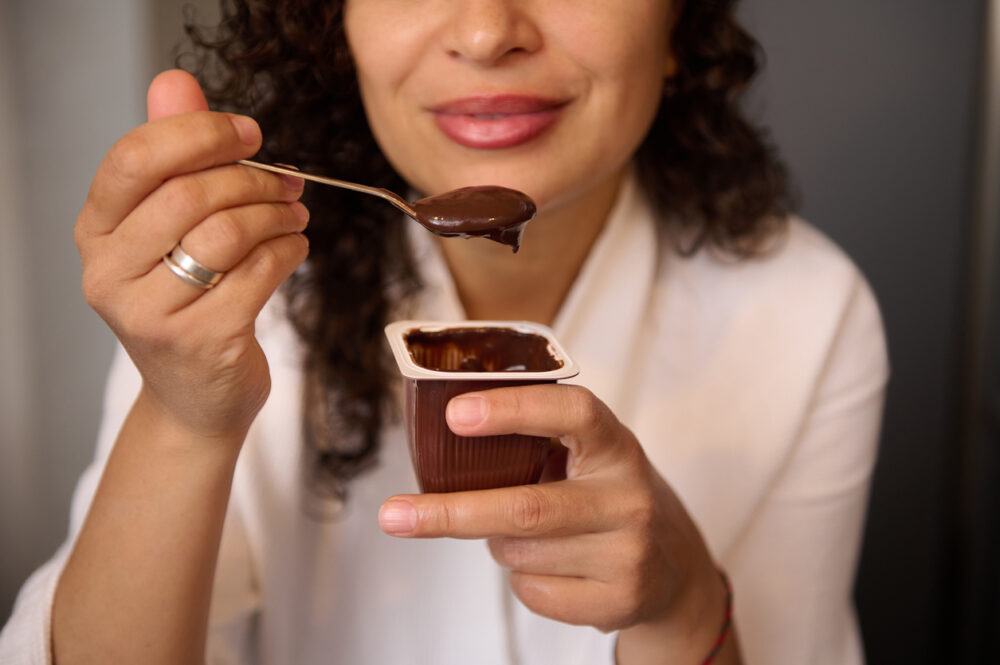
The restaurant industry, once a bastion of predictable traditions, is undergoing a seismic shift, and the change agents are a new generation of diners. Gen Z and millennials aren’t just eating out; they’re redefining what it means to dine. They’re driven by a different set of values—authenticity, sustainability, and unique experiences—and their choices are forcing a major re-evaluation of how restaurants do business. This isn’t just a trend; it’s a permanent change, a new culinary landscape shaped by a demand for more than just a meal.
1. The untold story of Dunkaroos.
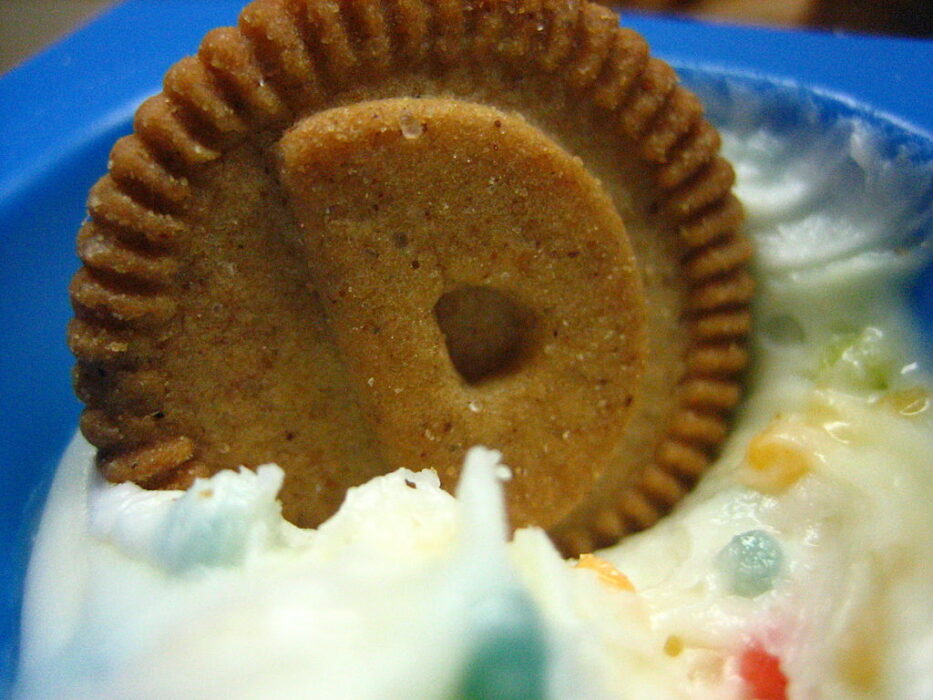
Dunkaroos were the undisputed champion of lunchbox snacks. The perfect combination of fun and flavor, they consisted of a small tray of cookies and a separate compartment of frosting with sprinkles for dipping. The simple pleasure of dunking a tiny cookie into a pile of sweet, colorful frosting was an addictive ritual that defined a generation’s childhood.
While they’ve made a nostalgic comeback in recent years, their initial disappearance was a heartbreak for many. The popular theory is that they were discontinued due to a push for healthier school snacks and a drop in sales. The return of the original cookie-and-frosting duo shows that some cravings are simply too powerful to be forgotten.
2. The delicious demise of Ecto Cooler.

This bright green juice box, inspired by the movie Ghostbusters, was an icon of the ’90s. With its tangy, slightly citrus flavor, it was a must-have for any kid’s lunch. The box, adorned with the beloved ghost Slimer, was as much a part of the appeal as the drink itself. Ecto Cooler was a perfect example of pop culture and flavor coming together to create something unforgettable.
After a long run, the drink was discontinued, much to the dismay of fans. While there have been limited-edition re-releases, the original Ecto Cooler’s disappearance is believed to be due to marketing shifts and a desire to move on from the Ghostbusters brand tie-in. Its vibrant green liquid remains a powerful symbol of a simpler time.
3. The bittersweet end of Trix Cereal with fruit shapes.
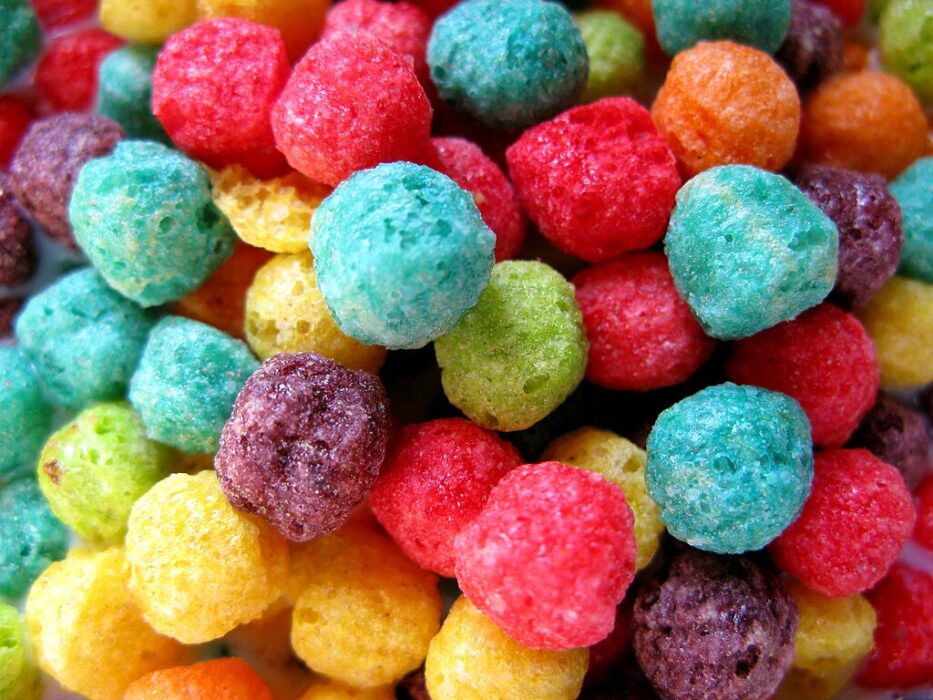
For years, Trix Cereal was an explosion of color and flavor, with each piece shaped like a tiny piece of fruit. The cereal’s playful design was a major part of its appeal, and the sugary, fruity taste made it a perfect breakfast treat. The bright, colorful shapes made every bowl feel like a tiny party.
The fruit shapes were discontinued in favor of a more generic, round shape, and later, the cereal’s artificial dyes were removed to appeal to health-conscious parents. Fan outcry was so loud that the shapes were eventually brought back, but the original formula remains a nostalgic memory. This change proves that sometimes, the look of a food is just as important as the taste.
4. The mysterious case of Planters Cheez Balls.
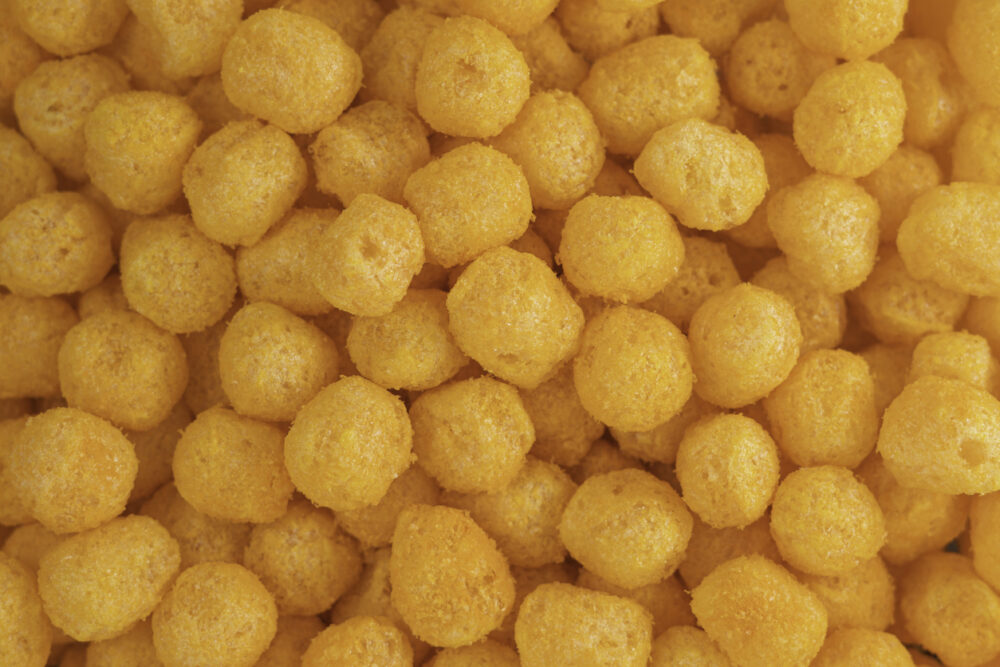
Planters Cheez Balls were the ultimate cheesy, crunchy snack. They came in a can, which felt incredibly cool and futuristic, and they were packed with an intense, savory flavor. The satisfying crunch and the bright orange residue they left on your fingers were a key part of the experience. They were an icon of snacking that had a devoted fan base.
The company stopped making Cheez Balls in the early 2000s, claiming production challenges and a shift in consumer tastes. The decision was met with disappointment, and a petition to bring them back gathered thousands of signatures. After a long hiatus, they were finally re-released, proving that the power of nostalgia can sometimes bring a food back from the dead.
5. The abrupt vanishing of the 3D Doritos.
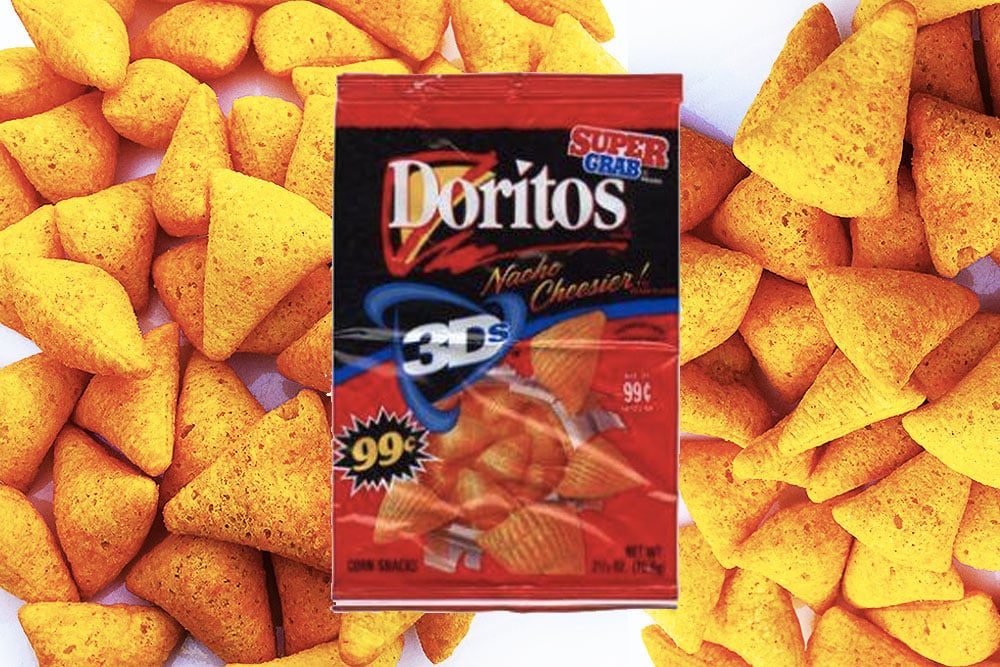
3D Doritos were a snack unlike any other—a puffed-up, three-dimensional version of the classic chip. They offered a new texture and an exciting shape that made them feel more substantial than a regular Dorito. They were the perfect snack for a late-night study session or a gaming marathon, a true fan favorite.
Their disappearance from shelves was a shock to many. While they were popular, the cost of production and packaging was reportedly high, and sales never quite justified the expense. The brand has since brought them back in a slightly different form, but the original, legendary 3D Dorito is a snack that many still long for, a symbol of a time when snacks were all about innovation.
6. The heartbreaking tale of the Oreo O’s Cereal.
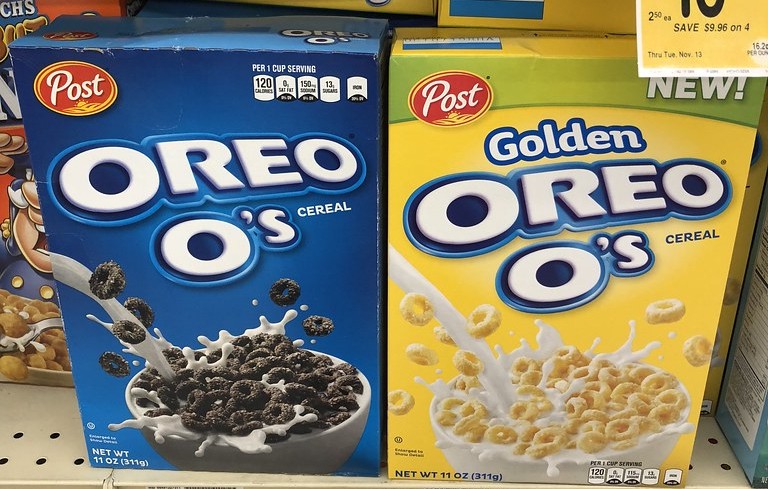
The perfect marriage of two beloved foods, Oreo O’s Cereal was a dream come true. The small, chocolatey rings with tiny marshmallow bits tasted exactly like the cookie they were named after. It was a breakfast that felt more like a dessert, a magical start to the day that was cherished by every kid who ever had a bowl.
The cereal was discontinued in the U.S. due to a licensing dispute between the companies that owned the brands. This legal issue kept the cereal off shelves for years, even while it was still being sold in other countries. The eventual return of Oreo O’s was a major win for nostalgia, but the story of its disappearance is a lesson in corporate complications.
7. The forgotten magic of the Wonder Ball.

The Wonder Ball was a chocolate sphere filled with candy and a prize. The thrill of cracking open the chocolate shell to discover what was inside was a joy in itself. It was a treat that combined a delicious dessert with the excitement of a toy, a perfect blend of sweetness and surprise that kids couldn’t get enough of.
The Wonder Ball was eventually discontinued in the U.S. due to concerns about the small plastic toys being a choking hazard. While the product was later reintroduced with candy inside instead of a toy, it never recaptured the original magic. The original Wonder Ball remains a sweet memory of a time when treats were full of unexpected surprises.
8. The mysterious disappearance of Crispy M&M’s.
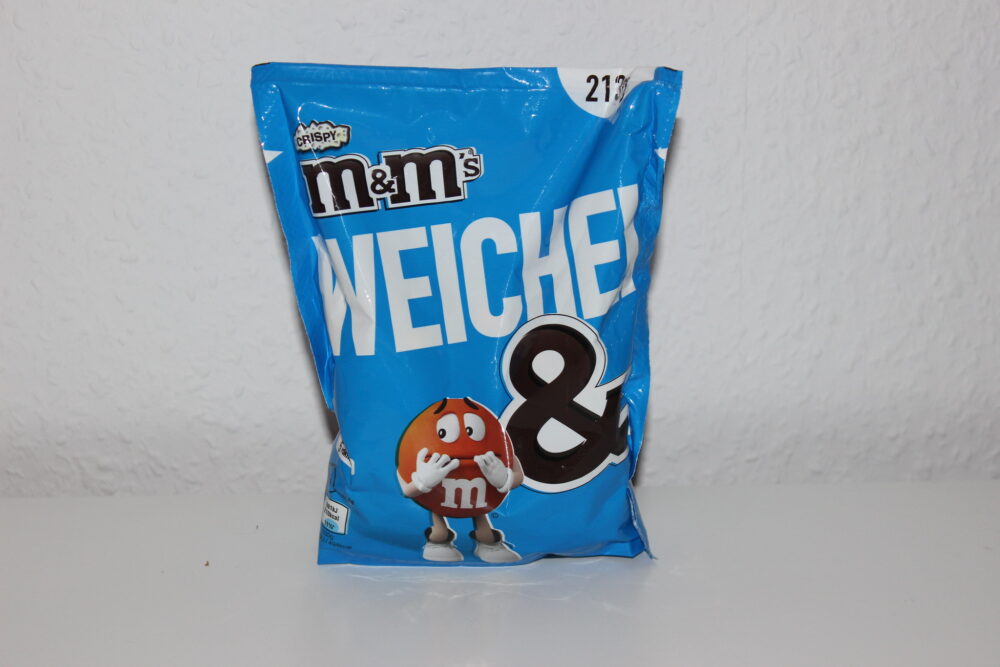
Crispy M&M’s were a simple but brilliant idea: a crunchy, rice-crispy center wrapped in a layer of milk chocolate and a colorful candy shell. The unique texture and satisfying crunch made them an instant hit. They were a more substantial and exciting version of the classic M&M, a snack you could really get your teeth into.
Despite their popularity, Crispy M&M’s were phased out in the U.S. in 2005. The company claimed it was due to a brand portfolio realignment and a focus on core products. Fan campaigns and social media outrage eventually led to their return in 2014, but the memory of their sudden disappearance is a painful reminder that even the most beloved snacks can be taken away.
9. The sudden demise of the Squeezit drink.

Squeezit was a fun and flavorful drink that came in a squeezable plastic bottle. The bottles were designed with a twist-off top, and the act of squeezing the juice into your mouth was a part of the fun. The vibrant colors and sweet flavors made it a staple of lunchboxes and parties, a true symbol of a joyful childhood.
The company stopped making Squeezit, citing declining sales and a shift in consumer tastes toward more “natural” drinks. While there have been fleeting rumors of a return, the original Squeezit is a memory for many, a nostalgic artifact of a time when drinks were as much about the experience as the flavor.
10. The lost flavor of Surge soda.

Surge was a bright green soda with a high-energy, citrus flavor that was marketed as an alternative to Mountain Dew. It was a bold, in-your-face drink with a strong personality that perfectly captured the extreme sports culture of the ’90s. The soda had a dedicated, almost cult-like following that loved its intense taste and caffeinated kick.
The soda was discontinued due to falling sales, but its fan base refused to let it die. Years of online petitions and social media campaigns led to its return as a limited-time product, and later as a regular item in some stores. The story of Surge is a testament to the power of a dedicated fan base and the enduring appeal of a legendary drink.
